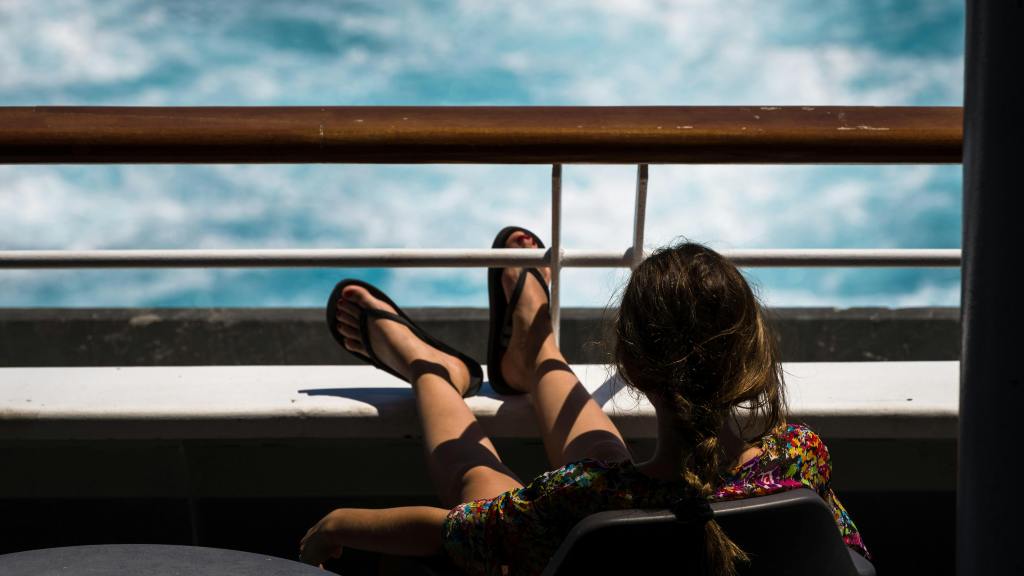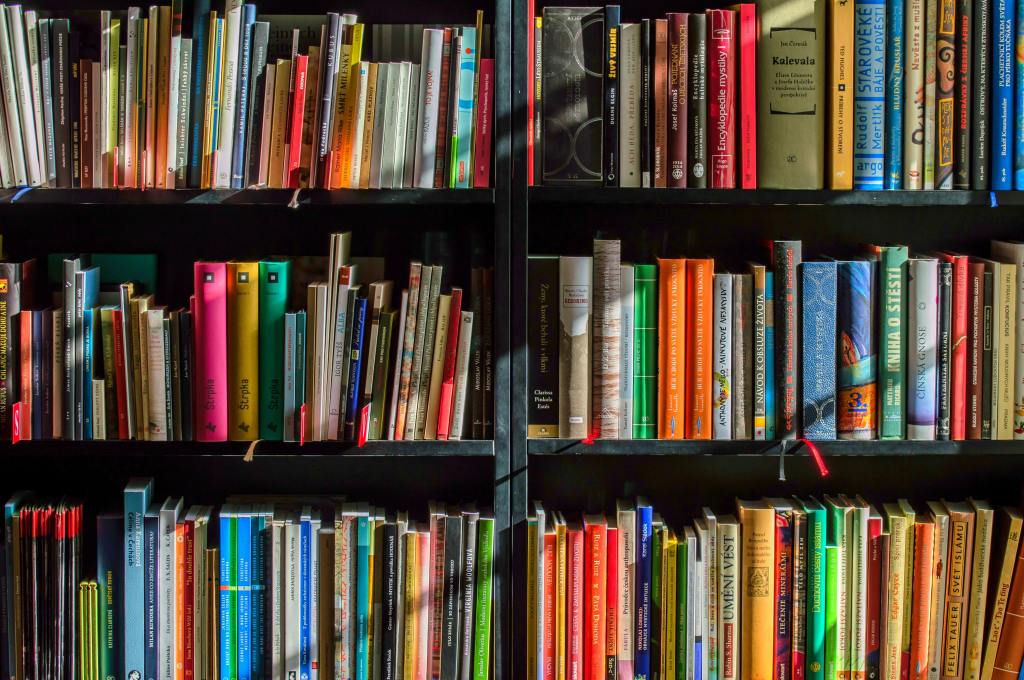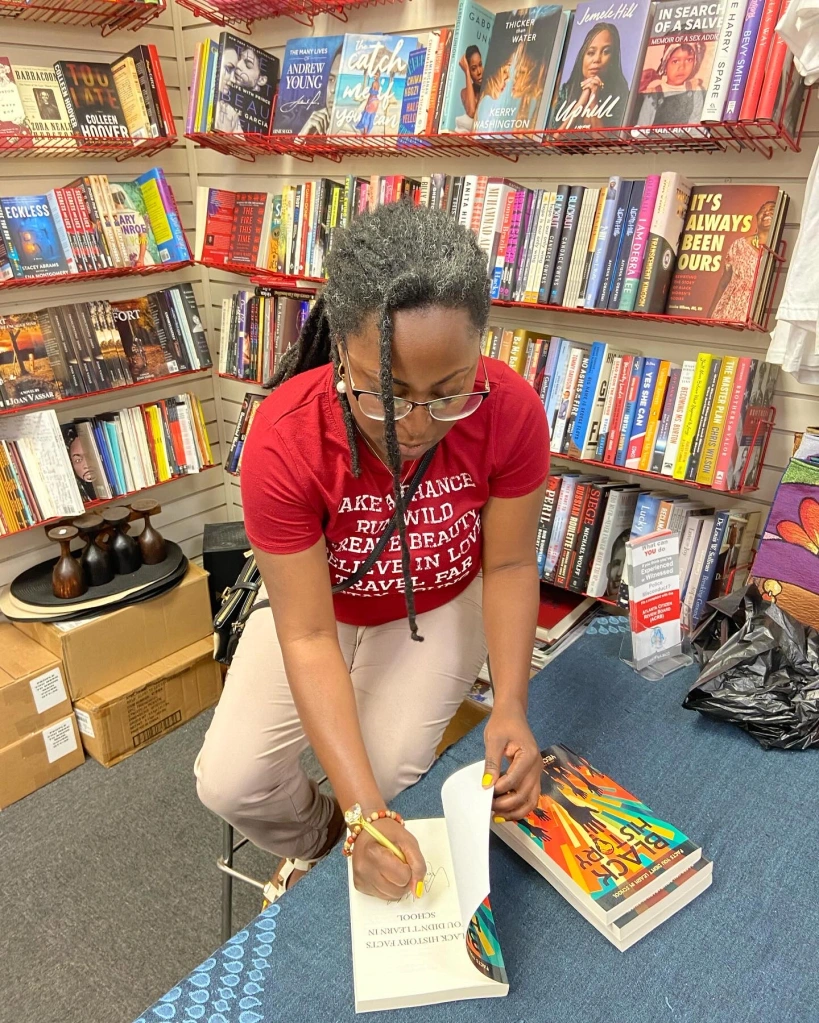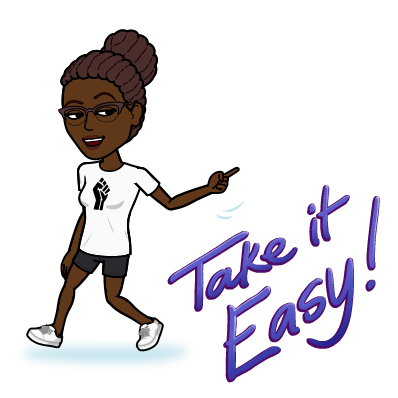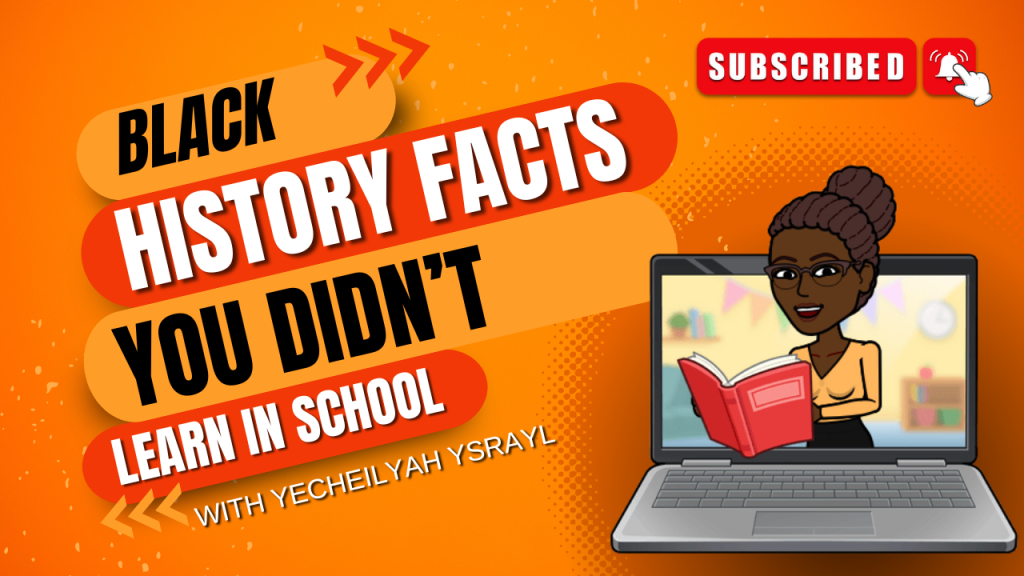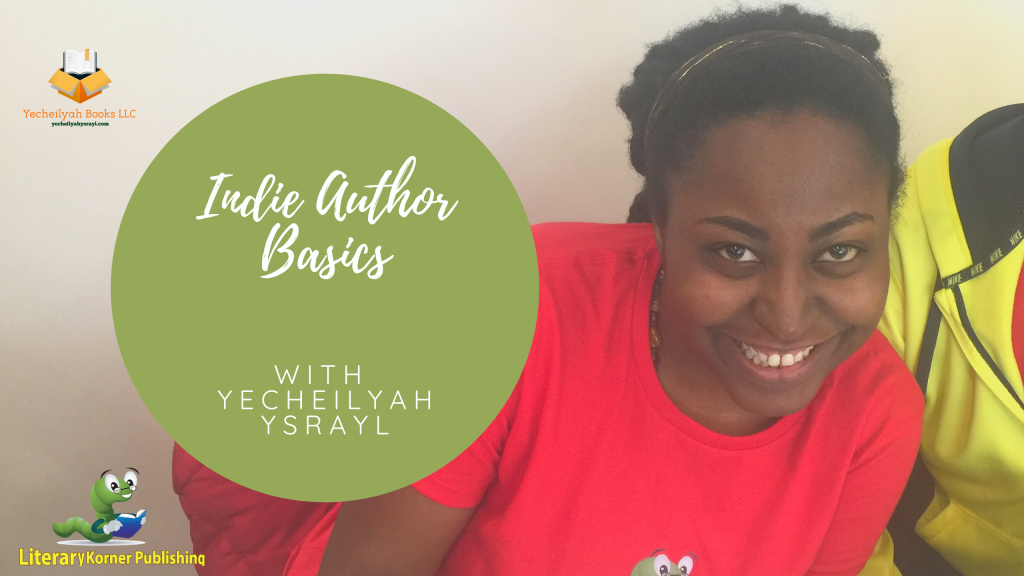
“Did you hear about the rose that grew from a crack in the concrete? It learned to walk without having feet. Funny, it seems, but by keeping its dreams, it learned to breathe fresh air. Long live the rose that grew from concrete when no one else cared.”
– Tupac Amaru Shakur
I was almost born in the toilet.
My brother, Aaron, had just turned two, and Mama was only five months pregnant when Theresa (we call her Reese) caught her shooting up in the bathroom. That’s when she felt my head. “I think I feel my baby,” she slurred.
People around my way love to quote Tupac’s Rose That Grew from Concrete, but they don’t really know what it means. They don’t know nothing about coming up from the hardest part of the earth, snuggled between nothing but weeds, dirt, and the butts of cigarettes.
Then, the sun is so hot sometimes, the poor flowers (that are not really flowers cause they ain’t get the nutrients they need) just wither up and die. That’s what we really fight against here in these slums, in this place they want us to call home, but it ain’t never feel like it. Never felt like a hug or Big Mama’s greens.
That’s how the bathroom was almost my birthplace. Right there at 4840 South State Street, apartment 602. I feel sorry for Reese having to see her auntie slumped over like that and her own mother high as a kite in the other room. How is somebody supposed to get ready for school in this mess?
Reese was strong, though. She banged her fist against the door real hard like the police when they raided the sniper apartments. What is a sniper apartment? It’s just what it says: Empty flats on the top floors drug dealers used to shoot their enemies down below, like snipers on the battlefield.
“Aunt Helen! Auntie, I gotta get ready for school!”
Frustrated, my mother, belly hanging over blue jeans now too small to zip up all the way and a dingy white t-shirt, finally opened the door.
“Come on, girl, shit,” she said, pointing to the tub. “Hurry up,” she rushed as Reese undressed and ran the water.
Mama sat back on the toilet and wrapped the belt tight around her forearm, a burned spoon dangling on the edge of the sink like it was supposed to be there. Like it was a toothbrush waiting to be used. Reese said she remembers praying Aunt Helen wouldn’t ask her to help tie her off like the other times.
“Close that curtain. Hurry up!”
After Mama said she could feel my head, Reese ran out of the bathroom, butt naked, and into her mother’s room. Dazed from her own high, Auntie Lorraine jumped up nevertheless. She knew her sister was pregnant and hurried to the bathroom, except she didn’t use her fist like her daughter. Auntie Lorraine, big-boned and shaped like Sara Baartman, used the back of her foot, slamming it against the door.
“Helen!” she screamed, but Mama wasn’t opening the door, so Auntie Lorraine had to kick it in, the needle falling from my mother’s long, skinny fingers like a witness eager to expose her secrets.
And as they say, the rest is history.
My name is Rosalind House, but everybody calls me Rose for short. I was born two months later, on June 21, 1987, premature and weighing a whopping 3 lbs and screaming at the top of my lungs. They say that’s why my voice is so high-pitched and sweet. They say it’s like something the Lord made. Say, I’m gone use it to shout my way out of this place.
And I did.
Let me tell you how it happened.

I missed writing fiction, so I started a new story!
I am calling it Concrete Rose (for now). I’ll be sharing the first few chapters based on response, so if you wanna read more, let me know! 🙂



